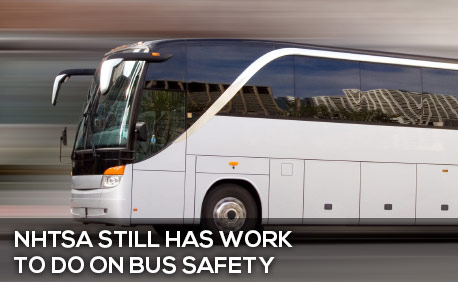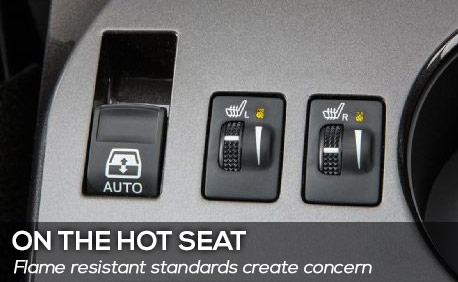
Motorcoaches are a popular way to travel. The Greyhound slogan was “Leave the driving to us,” and many thousands of people do leave the driving to Greyhound and other motorcoach operators every year. In 2010, U.S. motorcoach companies provided nearly 700 million passenger trips, second only to the airlines. Bus transportation is generally safe, but when an accident does happen, there are likely to be multiple victims.
Statistics from the National Highway Traffic Safety Administration show that between 2000 and 2009, there were 87 fatal crashes of motorcoaches, resulting in 209 fatalities.
On April 10, 2014, a fiery collision between a FedEx big rig and a motorcoach carrying California high school students left 10 people dead. The accident is still under investigation, and federal authorities are again considering what measures can be taken to improve the safety of bus passengers. It was only a few months ago that NHTSA issued a rule mandating that all motorcoaches made after 2016 be equipped with three-point shoulder-lap safety belts. The Silverado Stages vehicle in the Orland, California, crash was brand new, and it had seat belts, even though it was not required to. You have to wonder how many of the high school students had actually buckled up.
 South Carolina Lawyer Blog
South Carolina Lawyer Blog





